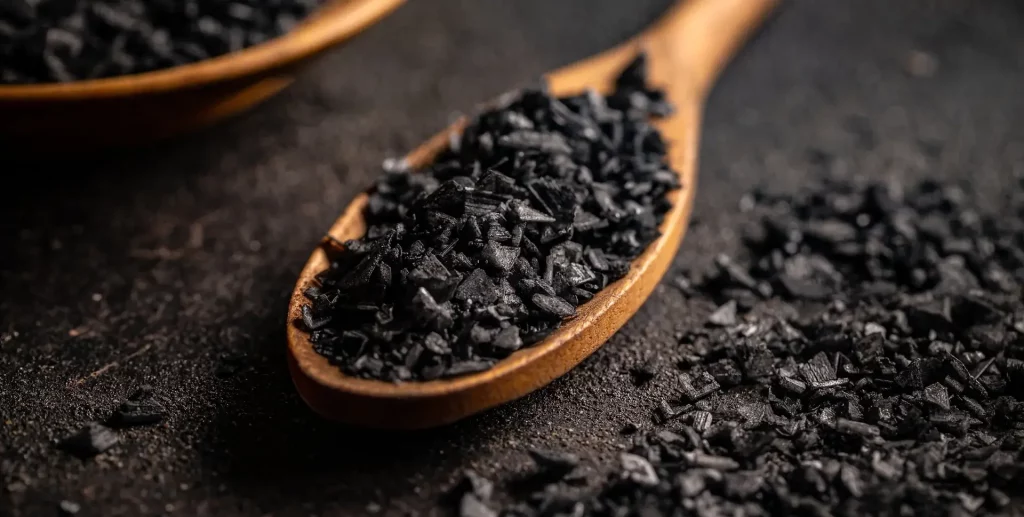
How To Decorate With Himalayan Salt Products A Unique Guide
How to Decorate with Himalayan Salt Products A Unique Guide These unique lamps and decor items are believed to purify the air, boost mood, and

In a world where imitations and counterfeits abound, it’s crucial to be a savvy consumer, especially when it comes to health and wellness products like Himalayan salt lamps. These natural wonders have gained immense popularity for their purported benefits, from air purification to mood enhancement. However, the rise in demand has also led to a surge in fake products that promise the same benefits but fail to deliver. In this comprehensive guide, we’ll delve into the world of Himalayan salt lamps and equip you with the knowledge to distinguish the genuine from the impostors, ensuring you get the authentic experience and reap the full benefits of these natural masterpieces.

Before we dive into the signs of a fake, let’s first understand what makes a Himalayan salt lamp authentic. These lamps are carved from solid blocks of Himalayan pink salt, mined from the ancient salt mines nestled in the foothills of the Himalayas in Pakistan. The salt is then carefully hollowed out and fitted with a light source, typically a low-wattage bulb or a tea light candle.
When lit, the salt lamp emits a warm, soothing glow that ranges from a soft pink to a deep amber hue. This glow is a result of the salt’s unique composition, which contains trace minerals that interact with the light to produce a mesmerizing effect. The glow should be subtle and calming, not overpowering or bright.
Now that you know what an authentic Himalayan salt lamp looks like, let’s dive into the signs that indicate a fake. Keep these in mind when making your purchase to ensure you get the real deal.
One of the most obvious signs of a fake Himalayan salt lamp is an unrealistically low price. Genuine lamps are priced higher due to the labor-intensive mining and crafting process, as well as the rarity of the salt itself. If a lamp is significantly cheaper than the market average, it’s likely a counterfeit.
Authentic Himalayan salt lamps have a distinct pinkish-orange hue, ranging from a light peach to a deep amber. If the lamp you’re considering is made of white or translucent crystal, it’s almost certainly a fake. These lamps are often made of cheaper materials like alabaster or even plastic, and they lack the natural irregularities and imperfections that are characteristic of genuine Himalayan salt.
Himalayan salt is a delicate and brittle material, so a genuine salt lamp should be relatively fragile. If you accidentally drop a real lamp, it’s likely to chip or even break. If the lamp you’re considering seems indestructible, it’s a red flag that it’s not made of authentic salt.
One of the unique properties of Himalayan salt is its ability to attract moisture from the air. When a genuine salt lamp is lit, it will often “sweat” or release tiny droplets of water on its surface. This is a natural process and a sign that the lamp is made of authentic salt. If the lamp you’re considering doesn’t exhibit this behavior, it’s likely a fake.
A genuine Himalayan salt lamp should emit a warm, soothing glow that is slightly uneven and irregular. This is due to the natural variations in the salt’s composition and the way the light interacts with the salt’s surface. If the lamp you’re considering emits a bright, uniform glow, it’s a sign that it’s not made of authentic salt.
Himalayan salt is a dense and heavy material, so a genuine salt lamp should have some heft to it. If the lamp you’re considering feels lightweight or hollow, it’s likely a fake made of cheaper materials like plastic or resin.
When purchasing a Himalayan salt lamp, look for one that comes in sturdy, well-designed packaging. Genuine lamps are often packaged with care to protect them during shipping and handling. If the lamp you’re considering came in flimsy or poorly designed packaging, it’s a sign that the seller may not be reputable.
One of the main reasons people purchase Himalayan salt lamps is for their purported health benefits, such as improved air quality, better sleep, and reduced stress. If you’ve been using a salt lamp for some time and haven’t noticed any of these benefits, it’s possible that the lamp is not made of authentic salt and may not be providing the expected benefits.
As mentioned earlier, genuine Himalayan salt lamps are sourced from ancient salt mines in Pakistan. If the seller claims that the lamp is made from salt sourced from a different location, it’s likely a fake.
A genuine Himalayan salt lamp should have a well-designed and sturdy base that securely holds the salt block in place. If the base of the lamp you’re considering seems flimsy or poorly constructed, it’s a sign that the lamp may not be made with the same level of care and attention to detail as a genuine lamp.
Purchasing a genuine Himalayan salt lamp is an investment in your health and well-being, so it’s crucial to be a discerning consumer. By keeping these signs of a fake in mind and purchasing from reputable sellers, you can ensure that you get the authentic experience and reap the full benefits of these natural wonders. Remember, if a deal seems too good to be true, it probably is, so always do your research and trust your instincts when making a purchase.
Look for signs of authenticity, such as a pinkish-orange hue, a slightly uneven glow, and the lamp’s ability to attract moisture from the air. Avoid lamps that are suspiciously inexpensive, made of white or translucent crystal, or emit a bright, uniform glow.
While Himalayan salt lamps are generally safe, it’s best to turn them off when not in use. Leaving them on for extended periods can cause the bulb to overheat and potentially pose a fire hazard.
Black spots on a Himalayan salt lamp are a natural occurrence and are not a sign of a fake lamp. These spots are caused by impurities in the salt and are a normal part of the salt’s composition.
If your Himalayan salt lamp is turning white, it’s likely due to a buildup of dust or other airborne particles on the surface of the salt. To clean the lamp, simply wipe it down with a damp cloth.

How to Decorate with Himalayan Salt Products A Unique Guide These unique lamps and decor items are believed to purify the air, boost mood, and

Does Black Salt Expire? Uncovering the Truth About Its Shelf Life and Uses Black salt, often celebrated for its unique flavor and health benefits, raises
WhatsApp us